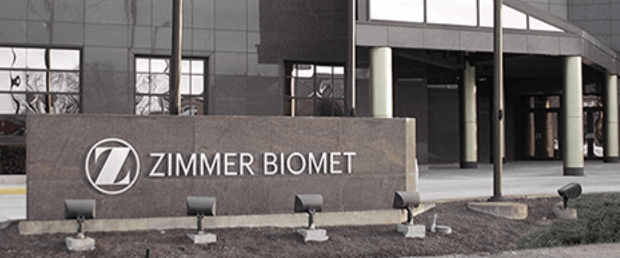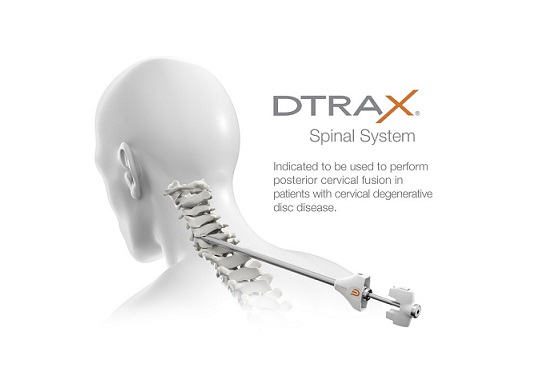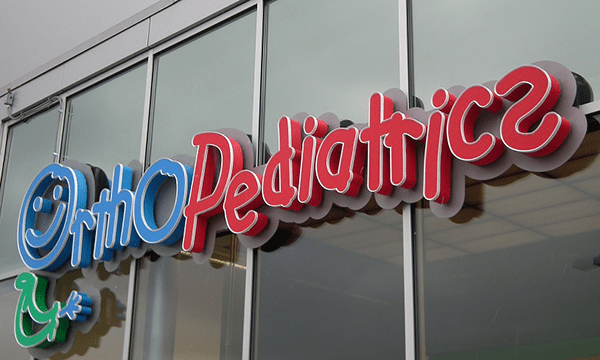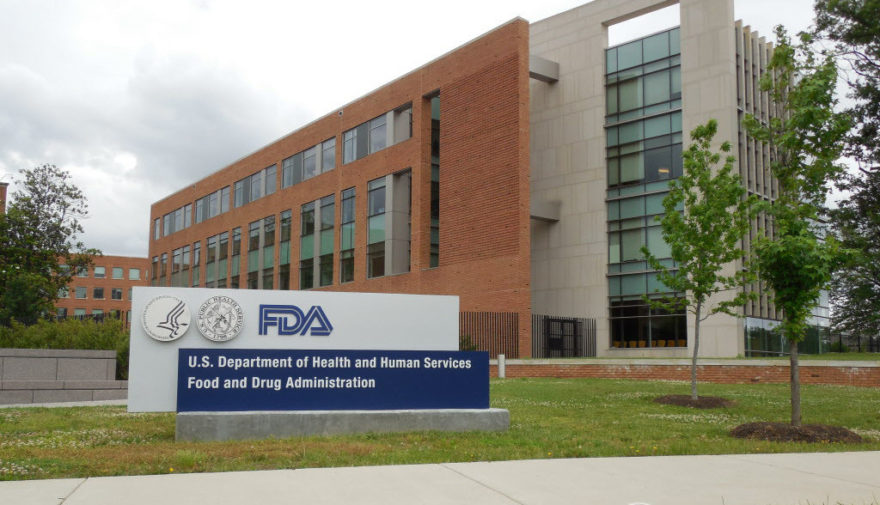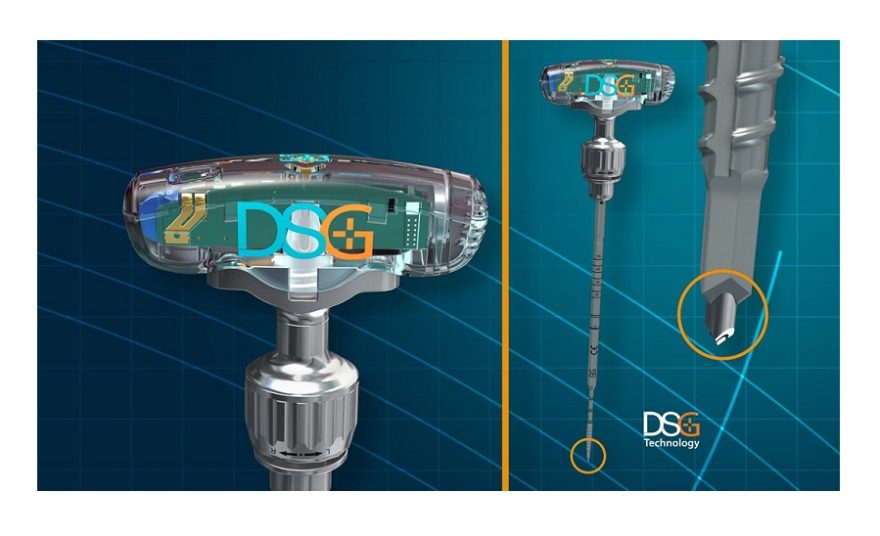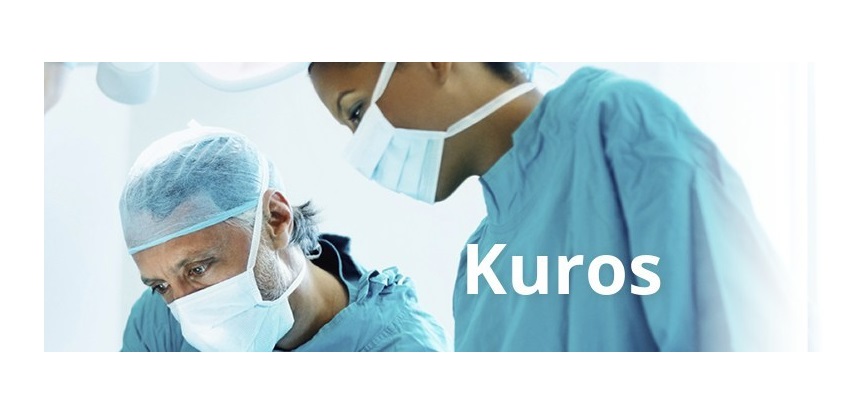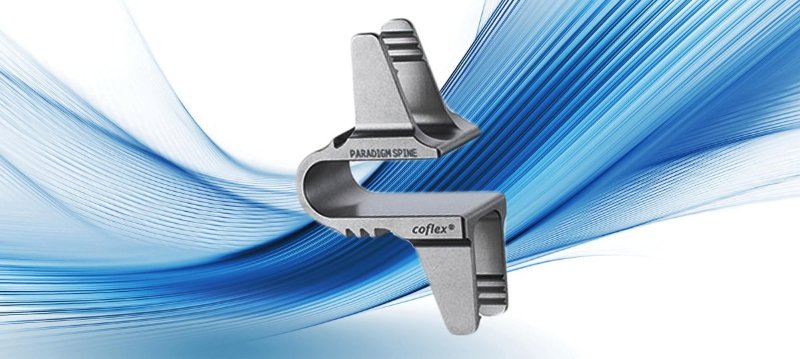“Cell-based regenerative medicine holds significant medical opportunity, but we’ve also seen some bad actors leverage the scientific promise of this field to peddle unapproved treatments that put patients’ health at risk. In some instances, patients have suffered serious and permanent harm after receiving these unapproved products. In the two cases filed today, the clinics and their leadership have continued to disregard the law and more importantly, patient safety. We cannot allow unproven products that exploit the hope of patients and their loved ones,” said FDA Commissioner Scott Gottlieb, M.D. “We support sound, scientific research and regulation of cell-based regenerative medicine, and the FDA has advanced a comprehensive policy framework to promote the approval of regenerative medicine products. But at the same time, the FDA will continue to take enforcement actions against clinics that abuse the trust of patients and endanger their health with inadequate manufacturing conditions or by purporting to have treatments that are being manufactured and used in ways that make them drugs under the existing law but have not been proven safe or effective for any use.”
A permanent injunction is being sought against US Stem Cell Clinic LLC of Sunrise, Florida, its Chief Scientific Officer Kristin Comella and its co-owner and managing officer Theodore Gradel for marketing to patients stem cell products without FDA approval and while violating current good manufacturing practice requirements, including some that could impact the sterility of their products, putting patients at risk. The FDA is taking this action because US Stem Cell Clinic did not address the violations outlined in a warning letter to the clinic and failed to come into compliance with the law. The FDA is seeking an order of permanent injunction requiring US Stem Cell and the individual defendants to cease marketing their stem cell products until, among other things, they obtain necessary FDA approvals and correct their violations of current good manufacturing practice requirements.
The FDA is also seeking a permanent injunction to stop California Stem Cell Treatment Center Inc., with locations in Rancho Mirage and Beverly Hills, California; Cell Surgical Network Corporation of Rancho Mirage, California; and Elliot B. Lander, M.D. and Mark Berman, M.D., from marketing to patients stem cell products without FDA approval. Berman and Lander control the operations of approximately 100 for-profit affiliate clinics, including the California Stem Cell Treatment Center. The FDA is seeking an order of permanent injunction requiring California Stem Cell Treatment Center Inc. and Cell Surgical Network Corporation and the individual defendants to cease marketing their stem cell products until, among other things, they obtain necessary FDA approvals and correct their violations of current good manufacturing practice requirements.
US Stem Cell Clinic
The FDA issued a warning letter to US Stem Cell Clinic in August 2017 for marketing stem cell products without FDA approval and for significant deviations from current good manufacturing practice requirements, including some that could impact the sterility of their products. The warning letter also cited an FDA inspection of the clinic which found that it was processing adipose tissue (body fat) into stromal vascular fraction (a cellular product derived from body fat) and administering the product both intravenously or directly into the spinal cord of patients to treat a variety of serious diseases or conditions, including Parkinson’s disease, amyotrophic lateral sclerosis (ALS), chronic obstructive pulmonary disease (COPD), heart disease and pulmonary fibrosis. The FDA has not approved any biological products manufactured by US Stem Cell Clinic for any use.
During the inspection of US Stem Cell Clinic in April and May 2017, FDA investigators also documented evidence of significant deviations from current good manufacturing practices in the manufacture of at least 256 lots of stem cell products by the clinic. For example, the clinic was cited for its failure to establish and follow appropriate written procedures designed to prevent microbiological contamination of products purporting to be sterile, which puts patients at risk for infections.
The complaint for permanent injunction against US Stem Cell Clinic was filed by the U.S. Department of Justice on behalf of the FDA in the U.S. District Court for the Southern District of Florida.
California Stem Cell Treatment Center, Inc. and Cell Surgical Network Corporation
In August 2017, the FDA took action to prevent the use of a potentially dangerous and unproven treatment belonging to StemImmune Inc. in San Diego, California and administered to patients at the California Stem Cell Treatment Centers in Rancho Mirage and Beverly Hills. On behalf of the FDA, the U.S. Marshals Service seized five vials of Vaccinia Virus Vaccine (Live) – a vaccine that is reserved only for people at high risk for smallpox, such as some members of the U.S. military. The seizure came after FDA inspections at StemImmune and the California Stem Cell Treatment Centers confirmed that the vaccine was used to create an unapproved stem cell product (a combination of excess amounts of vaccine and stromal vascular fraction – a cellular product derived from body fat). The product was then administered to cancer patients with potentially compromised immune systems and for whom the vaccine posed a potential for harm, including the possibility of inflammation and swelling of the heart and surrounding tissues. The unproven and potentially dangerous treatment was being injected intravenously and directly into patients’ tumors.
California Stem Cell Treatment Center products are also being used for the experimental treatment of patients who suffer from a variety of serious diseases or conditions, including cancer, arthritis, stroke, amyotrophic lateral sclerosis (ALS), multiple sclerosis (MS), macular degeneration, Parkinson’s disease, chronic obstructive pulmonary disease (COPD) and diabetes. The FDA has not approved any biological products manufactured by California Stem Cell Treatment Center for any use.
During inspections of California Stem Cell Treatment Center’s Beverly Hills and Rancho Mirage facilities in July 2017, FDA investigators documented, among other violations, evidence of significant deviations from current good manufacturing practice requirements. For example, the clinics were cited for failing to establish and follow appropriate written procedures designed to prevent microbiological contamination of products purporting to be sterile, which puts patients at risk for infections.
The complaint for permanent injunction was filed by the U.S. Department of Justice on behalf of the FDA in the U.S. District Court for the Central District of California.
Regenerative medicine regulatory framework
These cases support the FDA’s comprehensive policy framework for the development and oversight of regenerative medicine products, including novel cellular therapies. The FDA issued four guidance documents in November 2017, two final and two draft, that build upon the FDA’s existing risk-based regulatory approach. Under this framework the FDA detailed its efficient, science-based process for helping to ensure the safety and effectiveness of these therapies, while supporting development in this area. One of the two draft guidance documents laid out a novel and efficient clinical development model by which promising cell-based products could pursue review and approval by the FDA. The suite of guidance documents also describes a risk-based framework for how the FDA intends to focus its enforcement actions against those products that raise reported safety concerns or potential significant safety concerns.
For more information:
The FDA, an agency within the U.S. Department of Health and Human Services, protects the public health by assuring the safety, effectiveness, and security of human and veterinary drugs, vaccines and other biological products for human use, and medical devices. The agency also is responsible for the safety and security of our nation’s food supply, cosmetics, dietary supplements, products that give off electronic radiation, and for regulating tobacco products.
Media Inquiries: Lyndsay Meyer, 240-402-5345; lyndsay.meyer@fda.hhs.gov
Consumer Inquiries: 888-INFO-FDA
SOURCE U.S. Food and Drug Administration
Related Links
http://www.fda.gov

